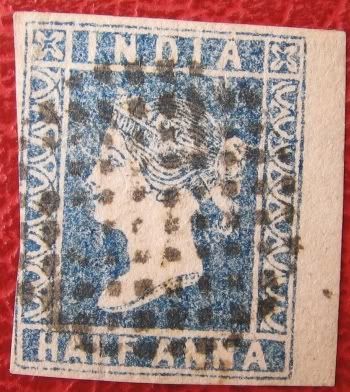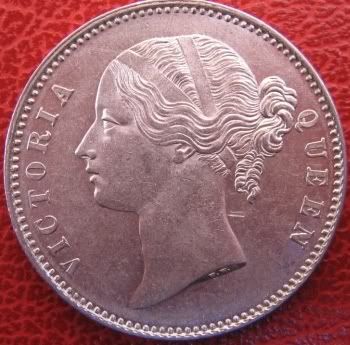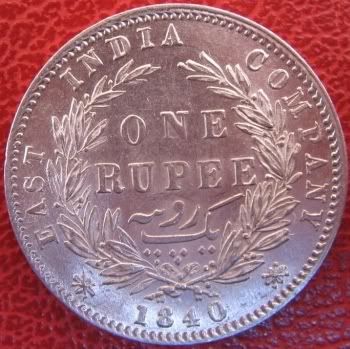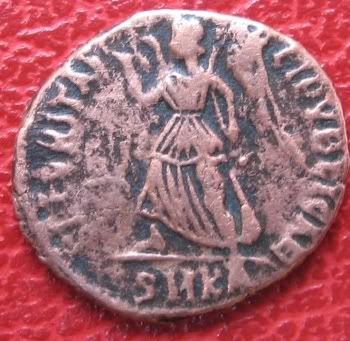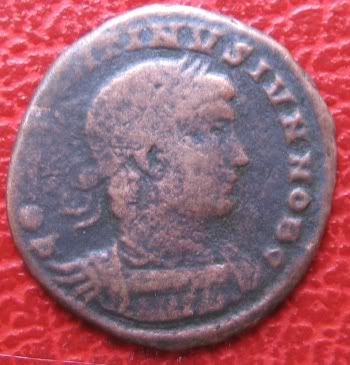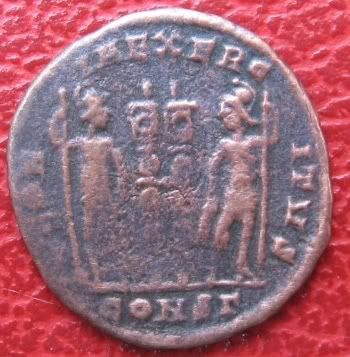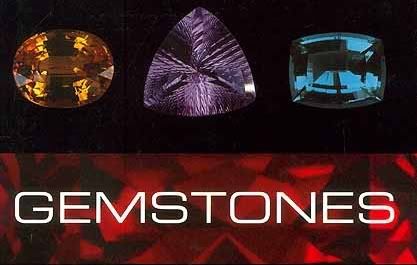Thuillier wanted to use black ink for printing the stamps (in the style of the Penny Black). However, this idea was rejected on the grounds that black colour would make re-use of lightly-cancelled stamps considerably easier. The approved design of the 1/2 Anna variety was first printed using English Vermilion ink. When the supply of the aforementioned ink was exhausted, Indian Vermilion was tried. However, this proved disastrous and ended up spoiling the printing stones. The stock that had already been dispatched for issue was withdrawn immediately. Fresh plates were made after making changes in the design and stamps printed using refined indigo blue ink from Bengal. These were engraved by Indian artist and draughtsman Muneerooddin.
The process adapted for printing these stamps is described below:
1. The design of the stamp was engraved (in reverse) on copper plates.
2. This design was transferred to a transfer paper.
3. The design obtained on the transfer paper was transferred on to the printing stone (using greasy ink).
4. The stone was moistened and coloured with greasy ink.
5. A sheet of paper was pressed against the stone and a print of the stamps obtained.
For the Half Anna variety, 24 impressions (in three rows of 8 stamps each) were transferred to a small stone (using the process described above), termed the Intermediate Stone. Printing from this small stone was not feasible as a million or so stamps were required. Therefore, Thuillier transferred these 24 impressions four times onto a large stone, completing a sheet of 96 stamps. This stone is referred to as the Parent Stone. The Parent Stone was still not enough for the volume of stamps required to be printed. Therefore, a fresh transfer was made from the Parent Stone and laid down thrice onto a large stone (to obtain 288 stamps in one impression)(referred to as the Printing Stone). More transfers were made from the printing stone to newer stones, called Sub-stones.
These stones were subject to wear and tear during the course of printing and the worn areas had to be repaired from time to time. Such alterations are termed "re-touches". When the stones were so worn that printing from them was no longer possible, the Intermediate Stone had to be taken out and the entire process repeated! Several such cycles resulted in the wearing of the Intermediate Stone itself. At this stage, the master die was taken out and the design was re-drawn, resulting in a new die known as Die II. Stamps produced from Die II were expected to be enough to meet the local demand till stamps from M/s Thomas de la Rue & Co., London, arrived. However, overwhelming demand resulted in a new die, Die III.
Differences in the details of the chignon, corner ornaments, diadem, etc., allow us to distinguish between the stamps printed using different dies.
Lithographed Half Anna, Die I (Issued on 1 October, 1854)
